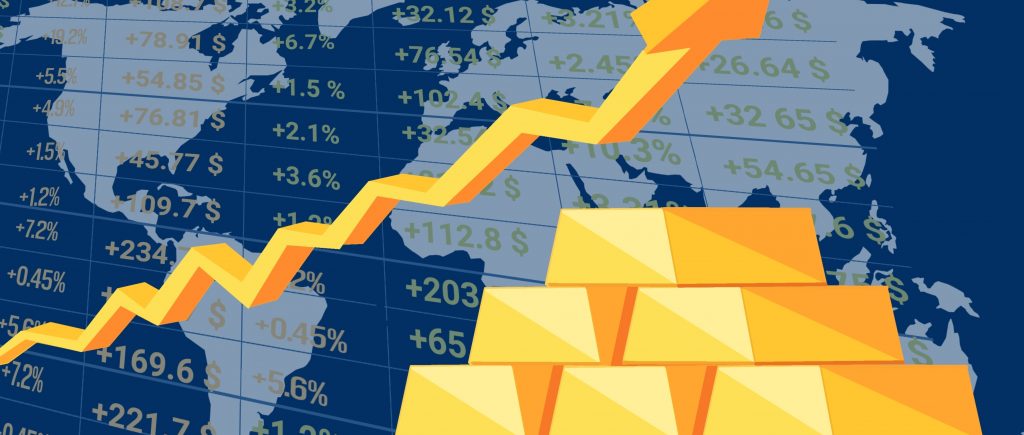The price of gold has experienced a notable rebound, breaching the $3,200 mark as investors sought refuge following Moody’s recent downgrade of the United States’ credit rating to Aa1 from AAA. This decision by the rating agency, citing prolonged fiscal inaction, exerted downward pressure on the US Dollar, consequently bolstering the appeal of gold as a safe-haven asset. The US Dollar Index (DXY) weakened by 0.47% to 100.50, further supporting this upward trajectory for the precious metal.
Moody’s rationale for the downgrade highlighted the persistent challenges in US fiscal management over the past decade, spanning multiple administrations and Congresses. This inaction, according to the agency, has contributed to a deteriorating fiscal outlook and heightened concerns regarding the long-term sustainability of the nation’s debt.
Adding another layer of complexity to the market landscape was a recent phone conversation between Russian President Vladimir Putin and US President Donald Trump. While details remained sparse, the fact that such a dialogue occurred introduced a geopolitical element that traders are closely monitoring.
Looking ahead, the market is bracing for a week filled with potentially market-moving events and pronouncements. Speeches from Federal Reserve officials, alongside the release of Flash PMIs, housing data, and Initial Jobless Claims figures, will be closely scrutinized for insights into the future direction of monetary policy and the overall health of the US economy.
Despite the recent uptick in gold prices, comments from Fed officials suggest a cautious approach to future policy adjustments. Atlanta Fed President Raphael Bostic indicated a preference for a single interest rate cut, emphasizing the time needed to assess the full impact of existing tariffs. New York Fed President John Williams acknowledged the strength of recent economic data, suggesting that the current pace of monetary policy is appropriate and allows for careful deliberation.
Fed Vice-Chair Philip Jefferson underscored the central bank’s focus on its dual mandate, noting the balanced risks associated with tariffs potentially causing a transient increase in prices that should not become entrenched.
Major financial institutions anticipate continued strength in gold prices. Goldman Sachs, for instance, projects gold to average $3,700 per ounce by the end of the year, with a further rise to $4,000 by mid-2026.
From a technical perspective, gold’s price action is hovering around the $3,200 level, encountering resistance around $3,300. Sustained trading above this threshold could pave the way for further gains, targeting the recent high of $3,438. Conversely, failure to maintain levels above $3,250 could lead to a test of the $3,200 support, followed by the 50-day Simple Moving Average at $3,168.
A break below this moving average might expose the $3,100 level. The confluence of macroeconomic factors and technical indicators suggests a dynamic period ahead for the gold market.

 Noor Trends News, Technical Analysis, Educational Tools and Recommendations
Noor Trends News, Technical Analysis, Educational Tools and Recommendations




